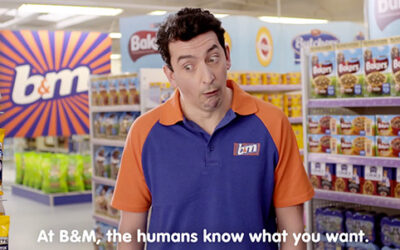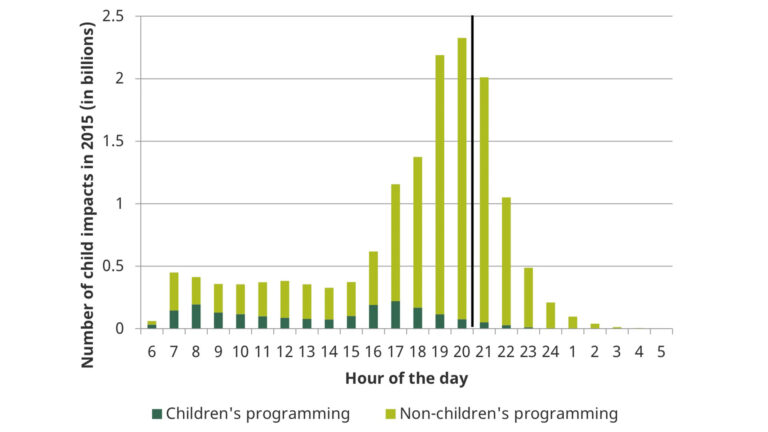Almost half of the television commercials for food and drink seen by children is for products high in fat, salt, or sugar, or fast food restaurants.
The research from the Institute for Fiscal Studies showed that a large proportion of this type of advertising happens before the watershed.
Since 2007, companies have not been permitted to advertise food and drink that is high in fat, salt or sugar during children’s television programmes.
However, according to Ofcom, children spent around 64% of their viewing time watching shows, which are broadcast outside of this period.
“A lot of the TV advertising that children see is not during children’s programming, leading to calls to extend the ban to all advertising before the watershed,” said Rebekah Stroud, a research economist at IFS and co-author of the briefing note.
“In 2015, up to 35% of the TV adverts for food and drink that children saw would have been directly affected had restrictions applied before the watershed.”
In 2015, 87% of the television advertising for food and drinks seen by children (4-15) was during non-children’s programming.
50% of the television advertising for food and drink that children saw was for food and drink that is high in fat, salt or sugar (HFSS) or was for restaurants and bars.
Of the television advertising that was for HFSS food and drink products or restaurants and bars, 70% of the advertising took place prior to the 9pm watershed.
The report was independent research commissioned and funded by the National Institute for Health Research Policy Research Programme.











